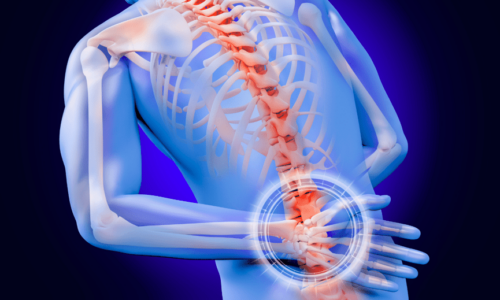What is causing my heel pain?

A great deal of heel pain is attributed to self-diagnosed causes, such as a heel spur or stone bruise, but a more common explanation is an inflammatory condition known as plantar fasciitis. The structure affected, the plantar fascia, is a ligament that connects the heel to the front of the foot and serves to support the arch of the foot The most common symptoms associated with plantar fasciitis are:
- Pain on the bottom of the foot toward the front of the heel.
- Pain when taking the few steps after getting out of bed in the morning or after a period of rest such as sitting in a chair.
- Heel pain that is worse after, instead of during, exercise or activity.
What causes plantar fasciitis? The function of the plantar fascia is to absorb the stress and impact placed on the feet when walking or running. With injury or overuse, the plantar fascia can be torn or damaged. Examples of how this could occur are when someone has to be on their feet for long periods of time while working or when someone is increasing their mileage while training for a marathon. Inflammation, the body’s natural response to injury, sets in following the injury, leading to the classic symptoms of plantar fasciitis. Besides activity, other predisposing factors in the development of plantar fasciitis include flat feet, high arches, weight gain, and shoes that lack proper support.
Aren’t heel spurs and plantar fasciitis the same thing? Approximately 10% of people with plantar fasciitis do develop heel spurs. These result from calcium deposits related to chronic inflammation. Most people with plantar fasciitis, however, do not have heel spurs, and many people with heel spurs seen on x-ray do not have plantar fasciitis. In any case, treatment of plantar fasciitis is directed toward the inflammation and predisposing factors, rather than toward the spur itself.
How is plantar fasciitis treated? The great majority of people with plantar fasciitis can be treated conservatively, that is, without surgery. The following are the most commonly employed self-care measures:
- Rest. Discomfort should be your guide in this regard. You should decrease or stop activities that are painful. If running causes pain, you may be able to walk or cycle instead. If this is an occupational injury, a temporary reassignment to a job that does not require as much time on the feet may be necessary.
- Non-steroidal anti-inflammatory medications (NSAIDs), such as ibuprofen or naproxen, help to reduce inflammation and pain associated with plantar fasciitis. Generally, it is best to take the NSAIDs on a regular basis (2 to 4 times a day depending on the medication) but limit its use to a couple of weeks.
- Application of ice helps to reduce pain and inflammation. It is especially beneficial after activity or being on your feet. Typically an ice pack is applied to the heel region for 20 minutes or so. This can be done several times a day.
- Heel and foot stretching exercises. Tight hamstring muscles and heel cords often set the stage for the development of plantar fasciitis. Stretches, as described in this link, help to stretch these muscles and tendons, relieving tension on the plantar fascia. Stretching should be started once the pain has begun to resolve and is best performed several times each day.
- Silicone heel pads or heel cups can help by cushioning and redistributing pressure over the painful region of the heel. Off-the-shelf arch supports (shoe inserts) may also be helpful, particularly when flat feet have contributed to the development of the fasciitis.
While most people will improve with some combination of the above, a few will require more aggressive treatment. Physician-guided options beyond these self-care measures include: a) cortisone injection in the region of the plantar fascia attachment to the heel, b) iontophoresis, a physical therapy modality that uses electrical current to deliver cortisone to the inflamed fascia, c) nighttime splints that stretch the plantar fascia while sleeping, and d) extracorporeal shockwave therapy that uses high-energy shockwave impulses to stimulate healing of damaged plantar fascia tissue. Surgery to release the plantar fascia is rarely required, and is usually reserved for those in whom the above treatments were unsuccessful.
If you have any more questions just Ask Hanna, our health advisors are here to help.
Image: ©Shutterstock / Andrey_Popov








